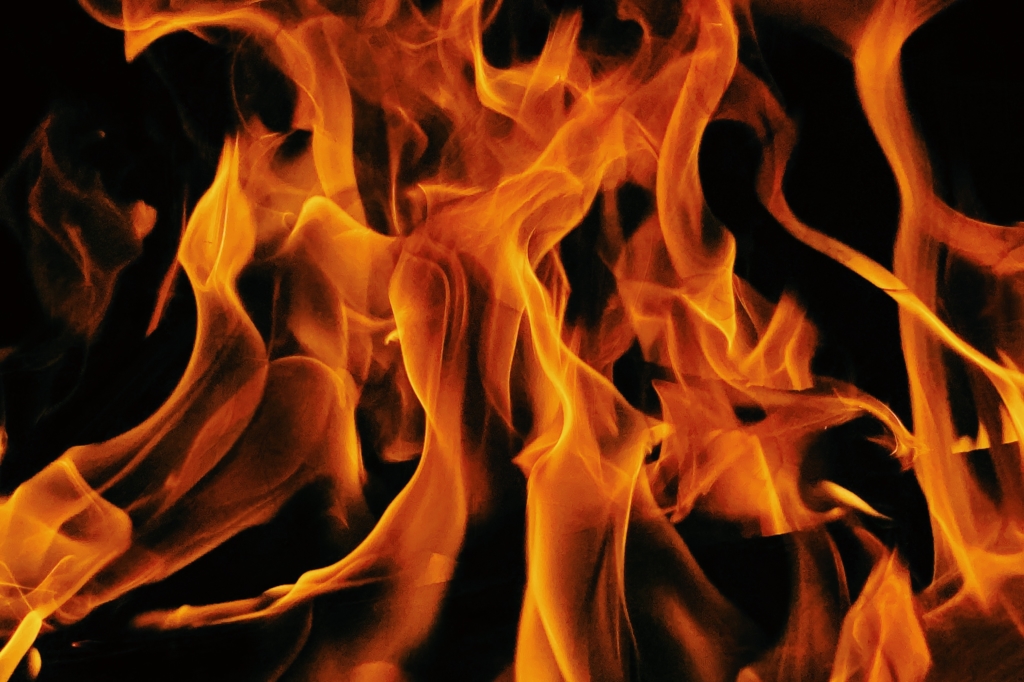Hazard symbols explained

Any business that uses chemicals will need to get up to speed on the labelling of hazmats, or hazardous materials. The current labelling system, defined under the EU’s CLP Regulation, is often referred to as ‘GHS’…although doesn’t actually include the whole GHS symbol set.
Confused? Hopefully not, given that the health and safety of your workforce is at stake! Read on for clarification…
Schwefelsäure*
*German for “sulphuric acid”
The German term above demonstrates a significant problem for companies operating in a globalised economy. How will you know to take extra care with container of caustic alkali or a cannister of flammable gas, if you don’t know the language of the country which produced it? A symbol or pictogram has the potential to bridge such language gaps.
But hazard symbols are less widely-recognisable than we might wish. While simple symbols may be near-universal – think of the red ‘dangerous current’ flags that lifeguards raise worldwide – a particular culture may have its own way of representing a concept like ‘acidic’ or ‘pressurised’. Worse, they may rely on symbols that resemble the familiar ones but carry a subtly different meaning. Coming up with an unambiguous, confusion-free visual code is no mean feat.
Hats off, then, to the authors of the Globally Harmonized System of Classification and Labelling of Chemicals (GHS), who originated the symbols you’ve probably encountered in your place of work.
The GHS came up with not one but two entirely separate symbolic systems, a text-and-image one for transport and a graphic one for storage.
The storage symbols have been adopted worldwide and are rebadged in the EU as the Classification, Labelling and Packaging (CLP) symbol set. (We’ll leave aside the distinct ‘transport’ set for another day.)
The CLP categories can be described in just a few sentences. Indeed, some of the categories are so obvious that there’s no need to elaborate. After all, the symbols were designed for ease of use…
Flammable
Symbol – flame
The substance presents a possible fire hazard.

Corrosive
Symbol – corrosion
Corrosive substances can cause destruction or burns to living tissue.

Toxic
Symbol – skull and crossbones
Any exposure to these substances can be extremely injurious or instantly fatal.

Environmentally damaging
Symbol – environment
May cause serious damage, either immediate or long term, to multiple components of an environment.

Health hazard/Hazardous to the ozone layer
Symbol – exclamation mark
Irritants can cause inflammation or irritation on immediate or repeated contact with the skin or if inhaled. Limited health risk. May also damage public health by causing damage in the ozone layer.

Serious health hazard
Symbol – health hazard
These substances may cause cancer or other forms of long-term damage to the body.

The average trades store cupboard will contain just two or three of them, although a really big supplier is likely to see examples of every category. At Redwood, active management policies in favour of the environment mean that we’re seeing fewer and fewer CLP hazard symbols across our product range, particularly in wood finishing.
If you’re on the lookout for a friendlier alternative, give us a ring.
